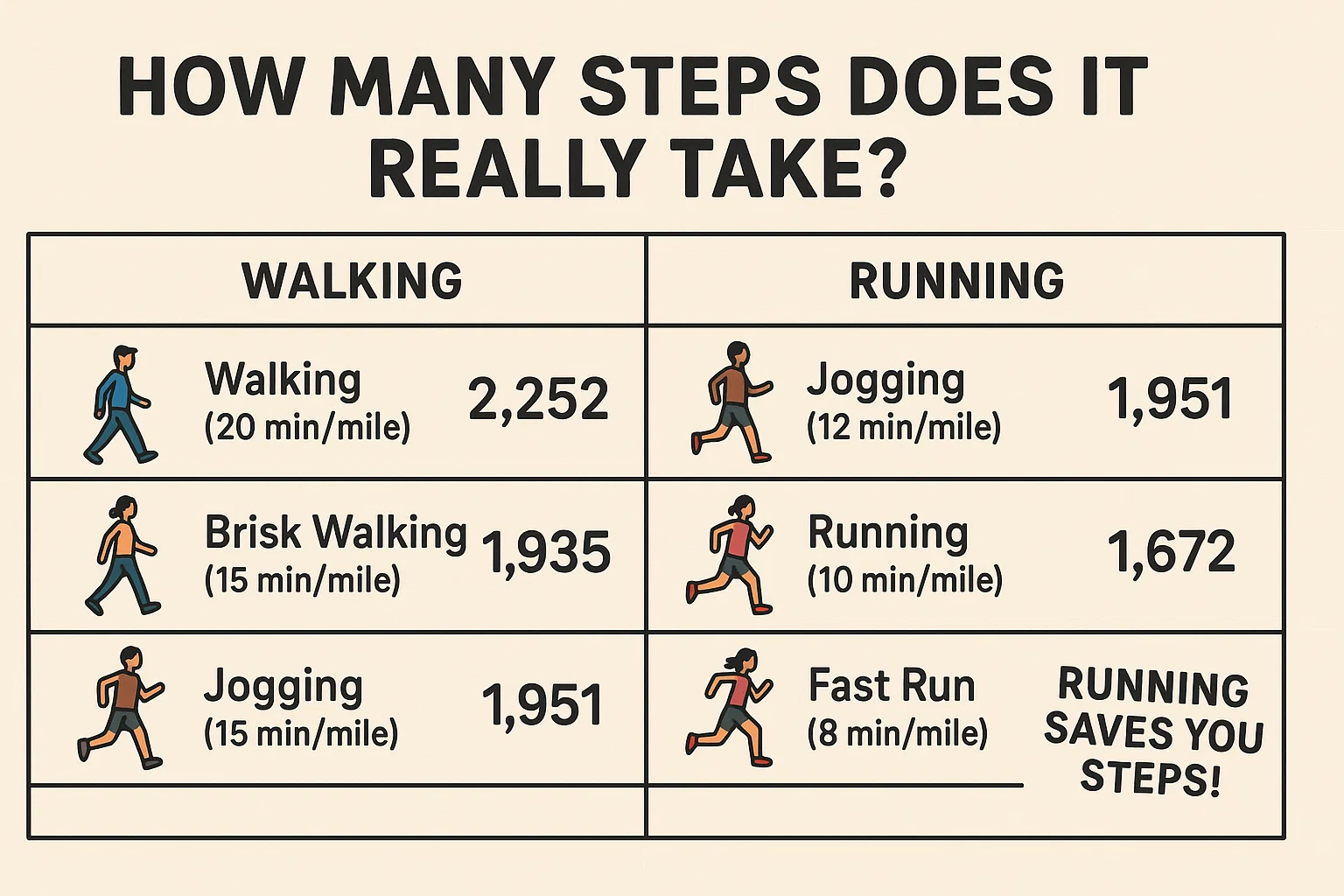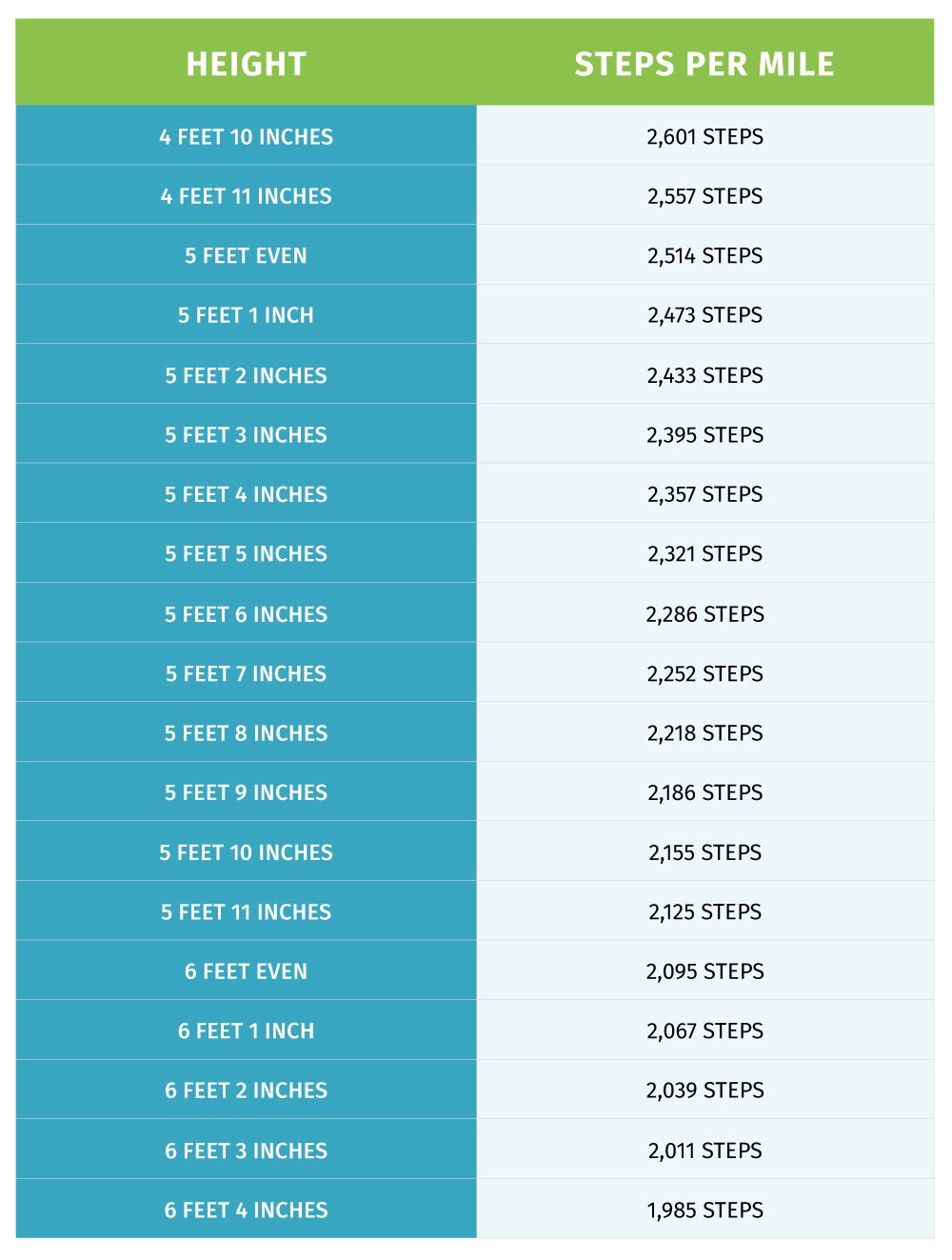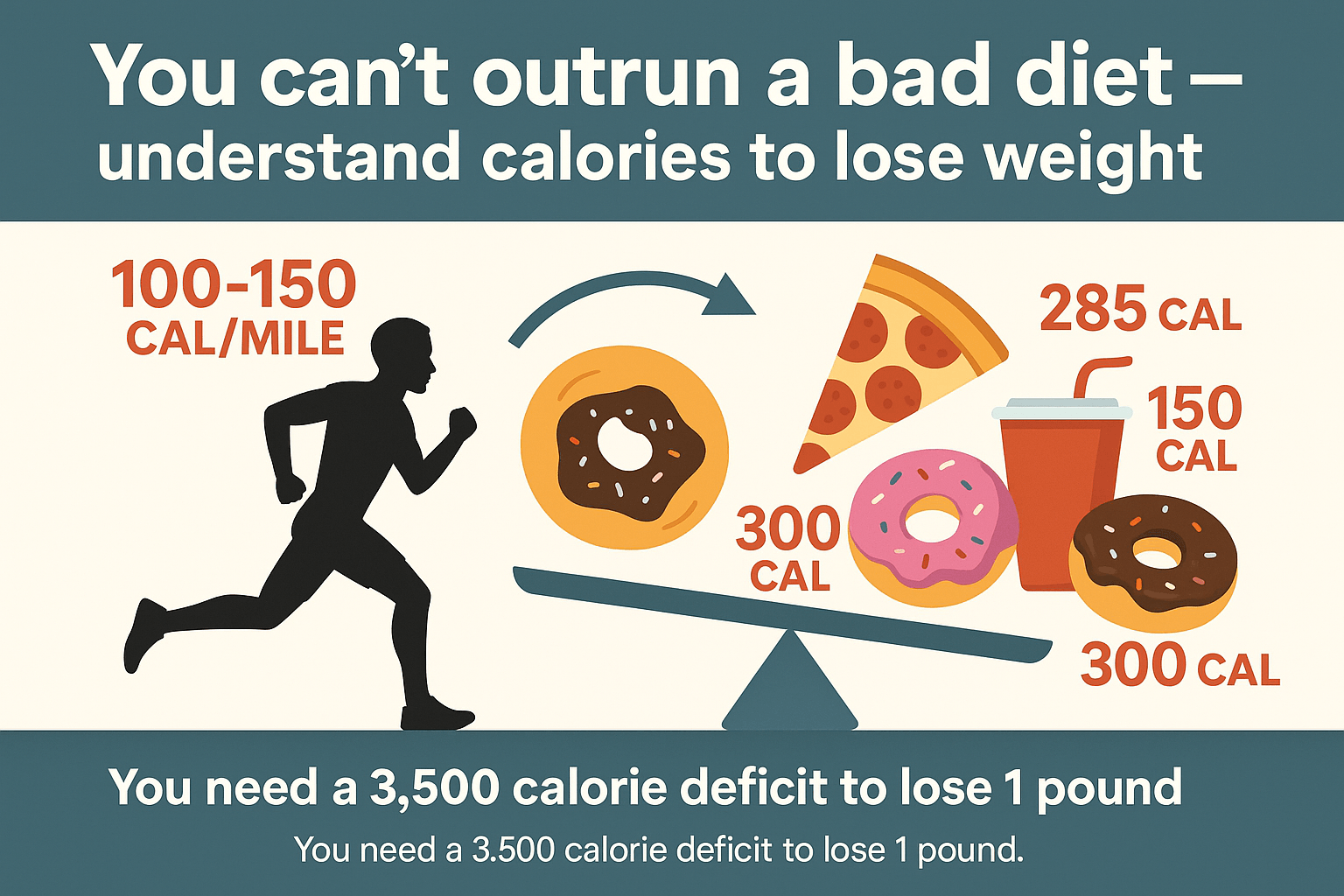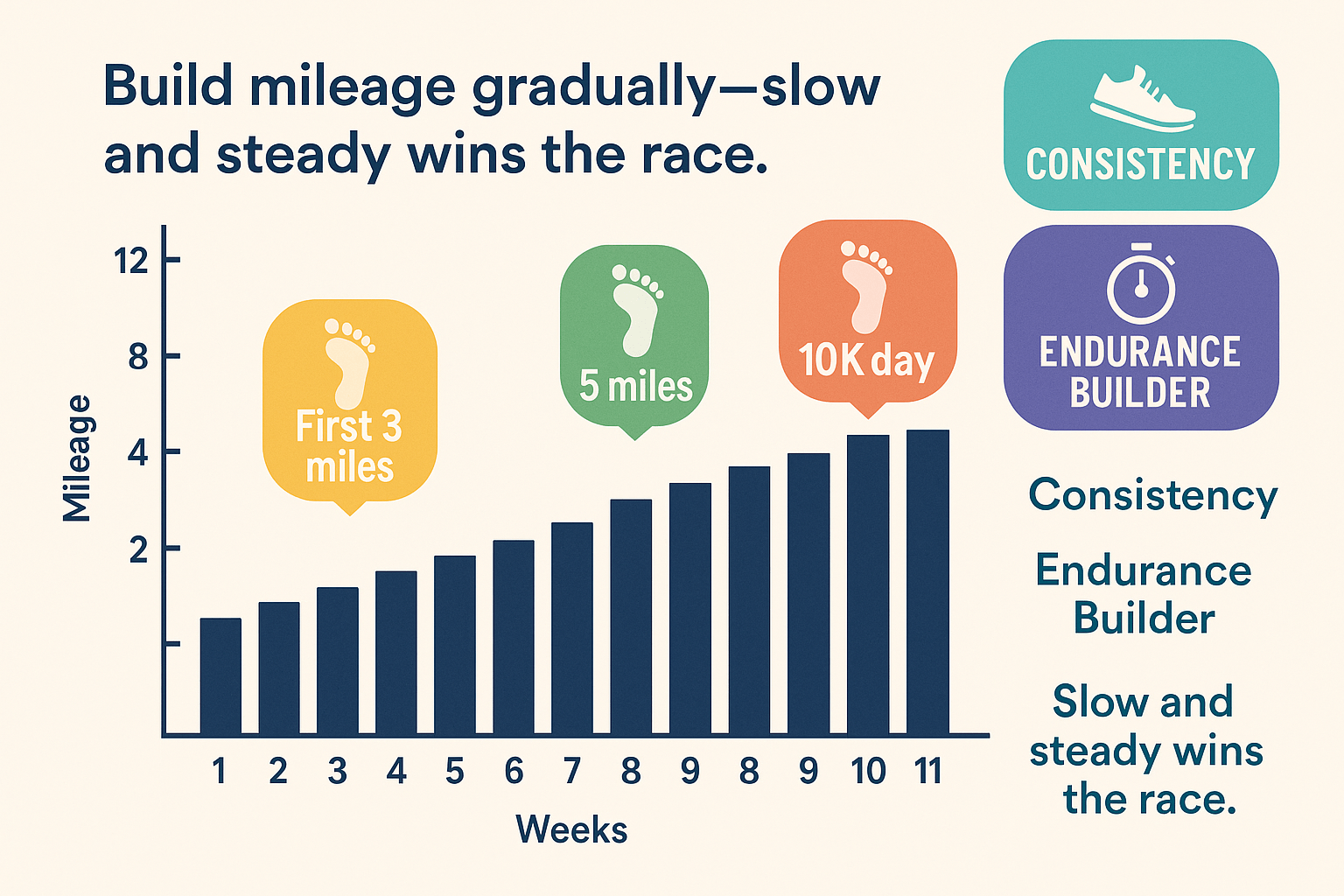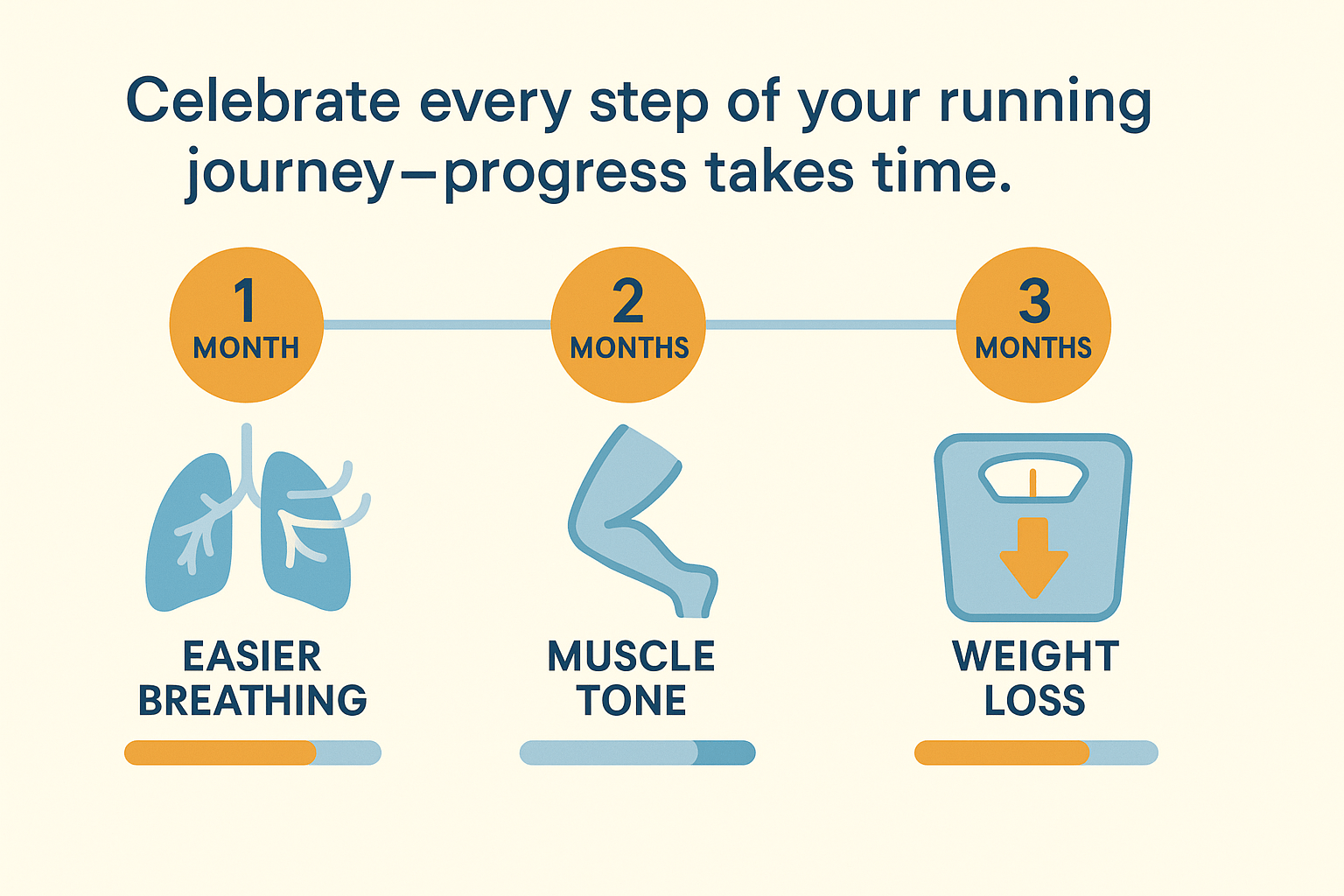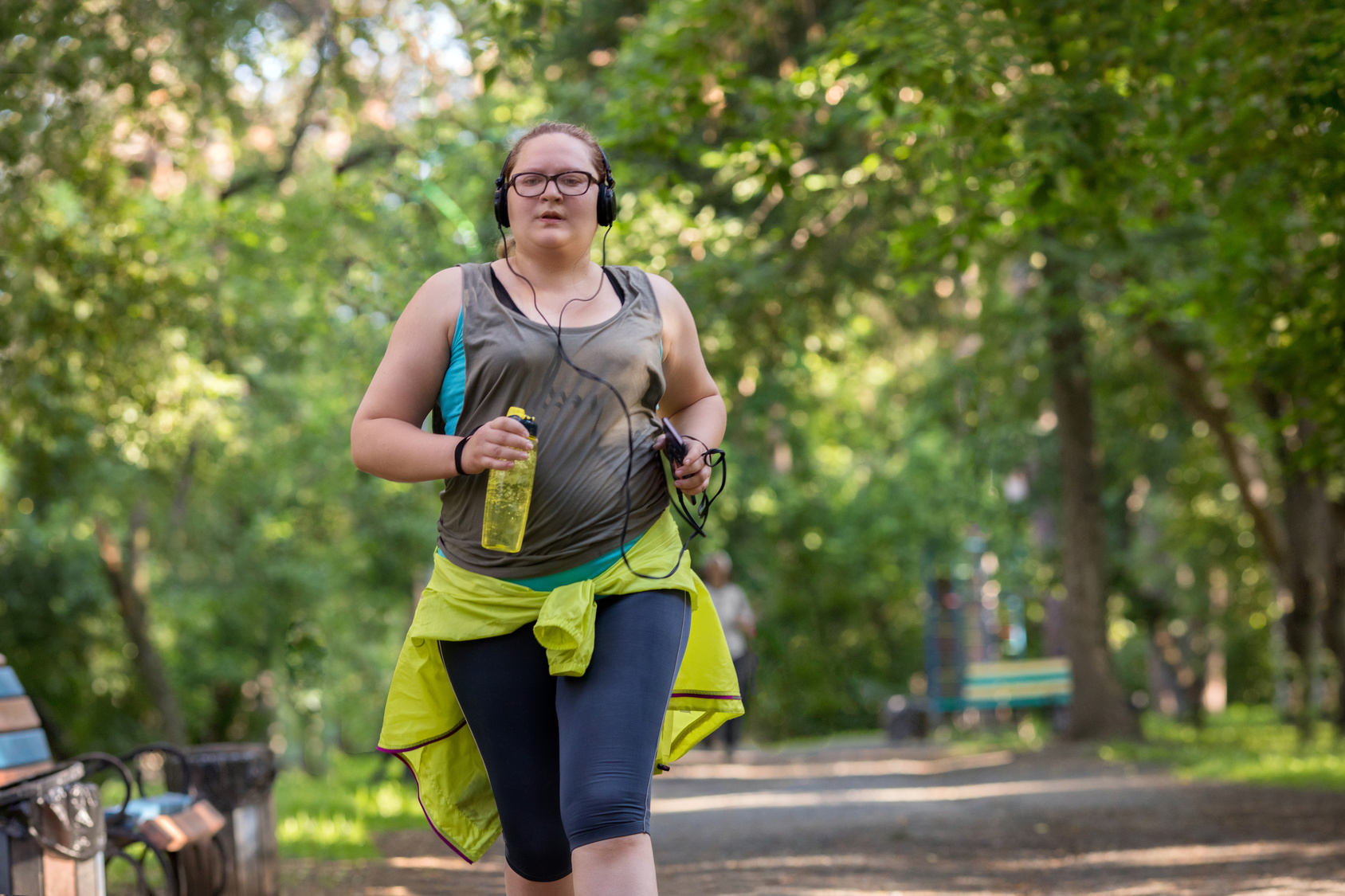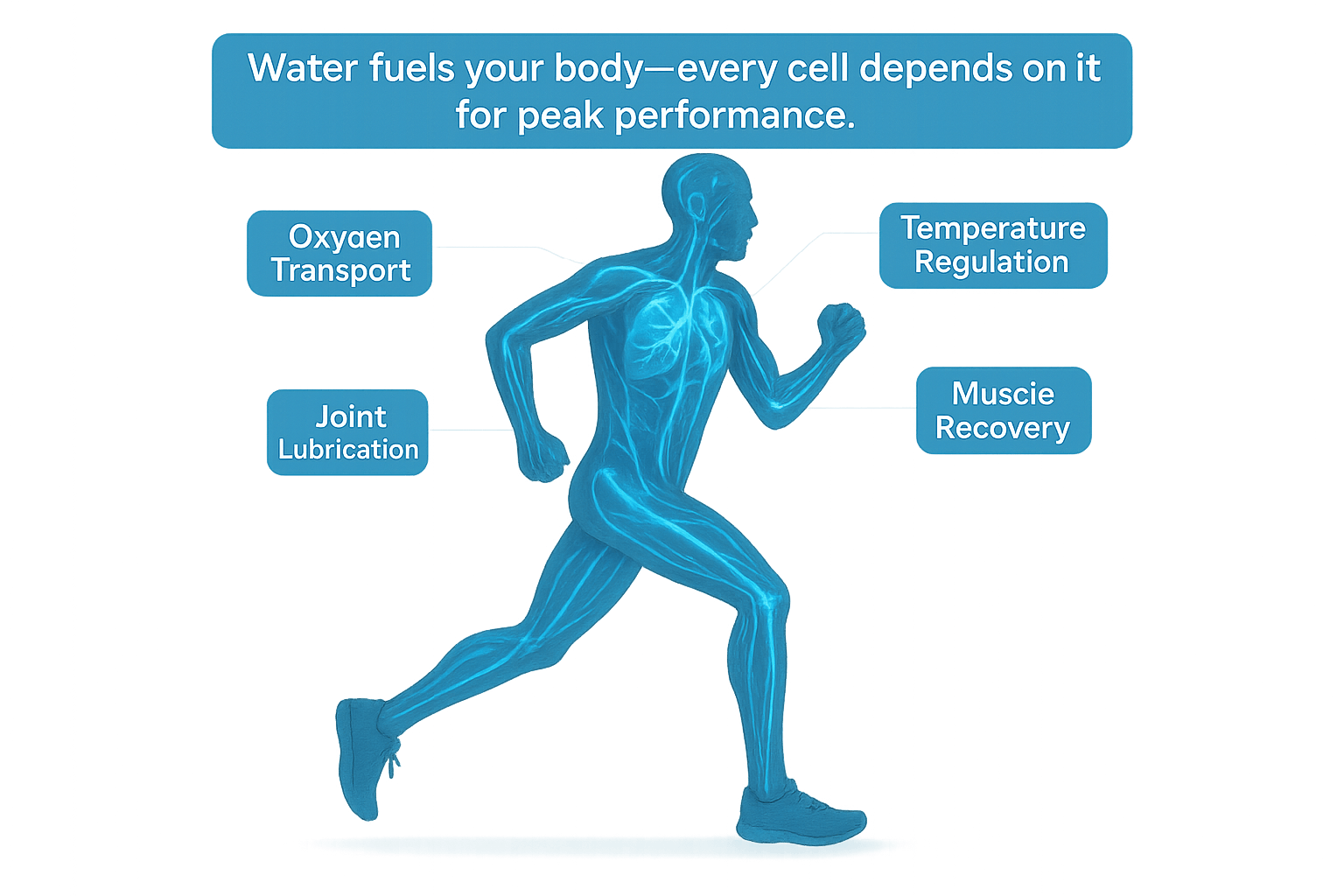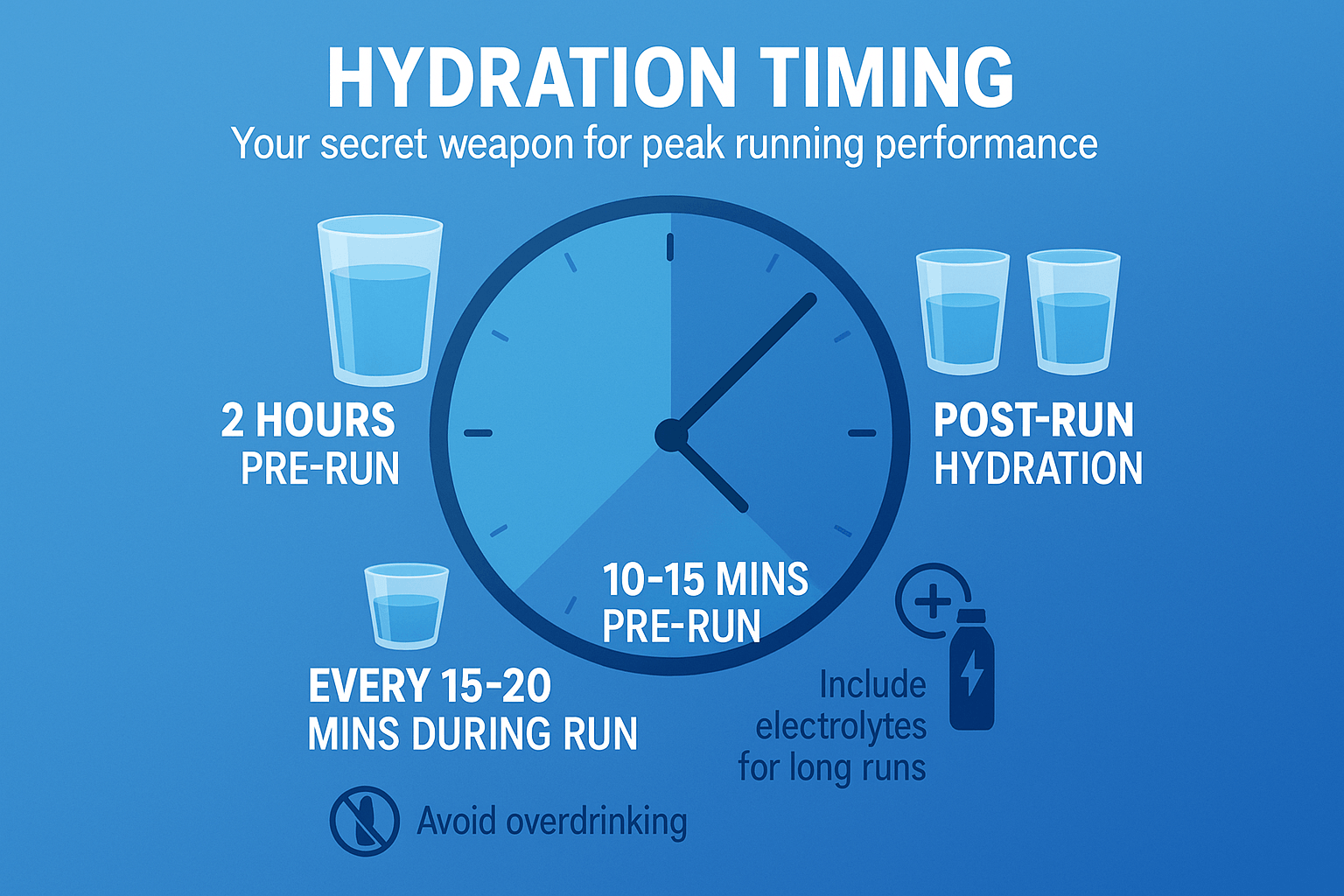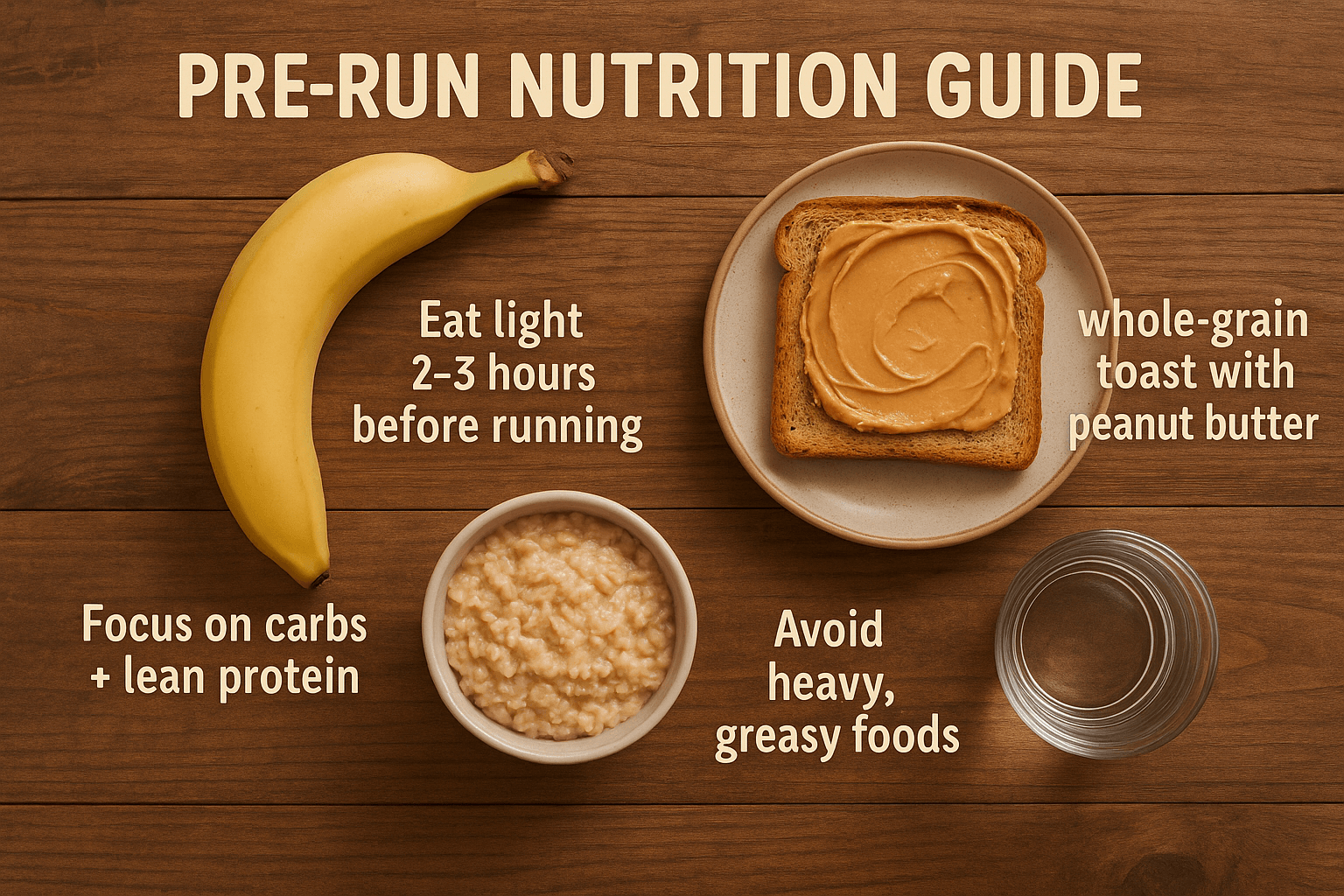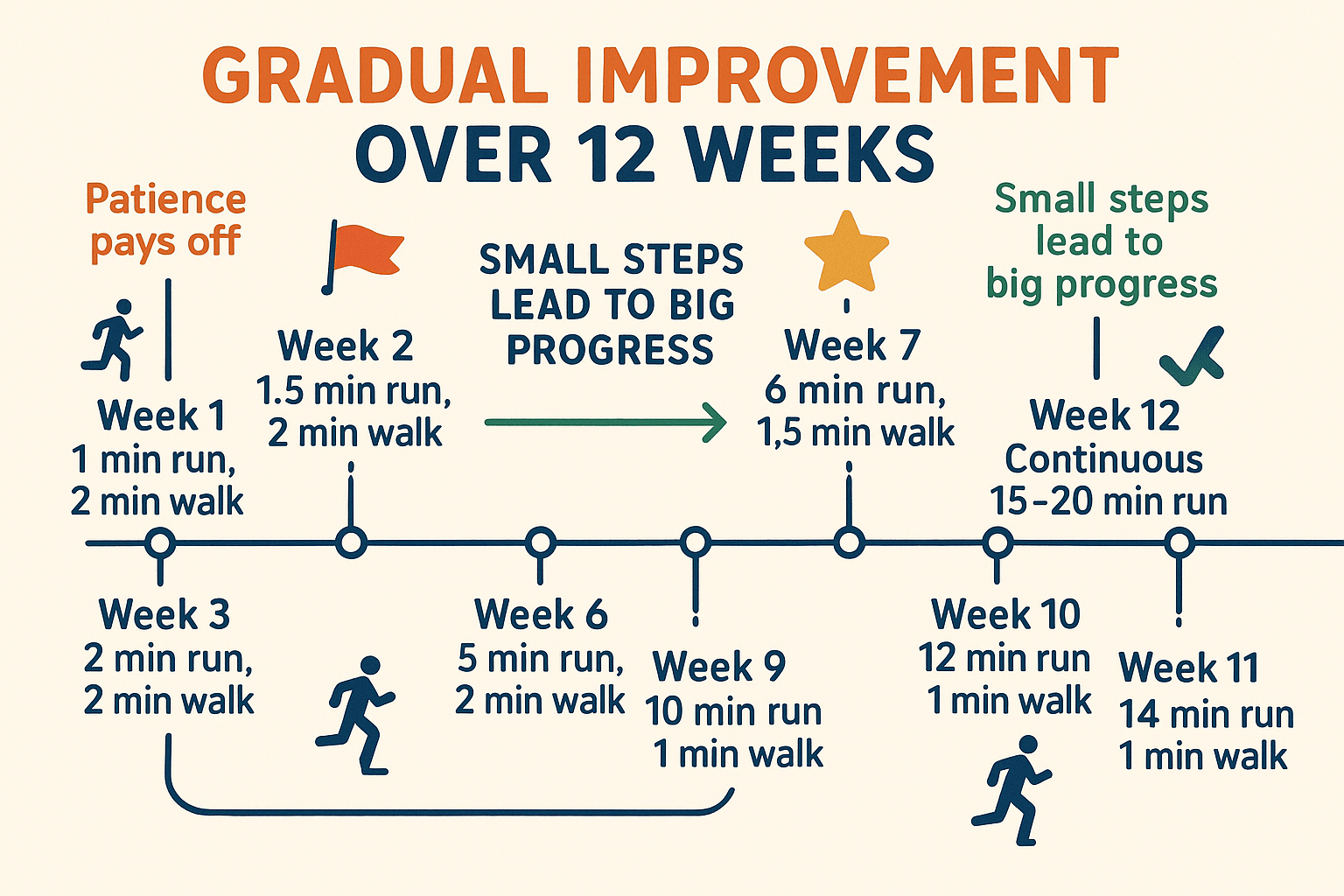You don’t need a lab coat or a $2,000 VO₂ mask rig to figure out how fit you are.
The Åstrand Treadmill Test is old-school, science-backed, and brutal in the best way.
It’s like running uphill until your lungs beg for mercy—and that’s exactly what makes it valuable.
This test was built in the 1950s by Swedish exercise legend Per-Olof Åstrand, and guess what? It’s still around because it works.
Coaches, athletes, and even rehab specialists use it to get a clear read on aerobic fitness, all with just a treadmill and a stopwatch.
Let’s break down how this works, why it matters, and how to make it part of your running toolbox.
So, What Is the Åstrand Test?
It’s simple in design—but tough in practice.
Here’s how it works:
- You run at a steady pace: 5.0 mph (that’s 8.0 km/h)
- The incline increases every few minutes
- You keep going until you physically can’t
That’s it. You don’t change speed. Just the grade. Think of it like a treadmill slowly turning into a mountain.
And when your legs give out or your lungs can’t keep up—that’s your finish point.
Based on how far you make it, you can estimate your VO₂ max—aka, your body’s max oxygen capacity.
The bigger your number, the bigger your “aerobic engine.”
No gas exchange equipment.
No blood lactate tests.
Just grit, effort, and incline.
Why VO₂ Max Matters (A Lot More Than You Think)
VO₂ max is your oxygen efficiency. It’s how well your heart, lungs, and muscles work together when the going gets tough.
The higher it is, the more oxygen you can use. The more oxygen you use, the longer and faster you can go.
Here’s what a better VO₂ max does for you:
- Improves your endurance: You can hang at higher paces without redlining
- Boosts your recovery: Your body clears fatigue faster
- Extends your race ceiling: You can hold goal pace longer with less strain
- Improves longevity: A high VO₂ max isn’t just about running—it’s tied to living longer and having a stronger heart
Want proof? Look at Jeannie Rice, the 77-year-old marathon machine with a VO₂ max that puts 30-year-olds to shame. She’s not just crushing age-group records—she’s aging well because she built a cardiovascular engine that lasts.
Why Use the Åstrand Test (Instead of a Fancy Lab)?
Because it’s simple. Repeatable. And most importantly—it gives you feedback that matters.
It lets you track real aerobic gains. If you do the test once, then train for 6 weeks and do it again—and you last longer before gassing out?
Your VO₂ max is improving. Period.
And like I always like to say: “You can’t improve what you don’t measure.”
You wouldn’t train for a race without checking your pace. Why train your engine without checking its output?
This test is for:
- Runners who want a legit, no-guesswork baseline
- Athletes who can handle uphill running without joint issues
- Anyone motivated by progress they can see and feel
Skip it if:
- You have heart conditions, balance issues, or recent injuries
- You’re not cleared for max effort testing
- You hate incline running (seriously—this thing ramps up quick)
VO₂ Max Testing: Åstrand vs. Other Protocols (What Runners Should Know)
VO₂ max tests are one of the best ways to get a read on your endurance engine.
But here’s the thing—there’s more than one way to measure it, and not every method is right for every runner.
Let’s break down three common approaches: the Åstrand treadmill test, the Bruce treadmill protocol, and the classic Cooper 12-minute run.
Åstrand Treadmill Test – Uphill Battle, Steady Effort
If you want something controlled, repeatable, and treadmill-friendly, Åstrand’s your guy.
The Åstrand protocol is simple. You’re not playing with both speed and hills. Just the grade changes, which means you’re not sprinting or trying to multitask your pace. If you can handle the steady 5 mph, it’s mostly a matter of grit and leg strength to fight through the climbing.
If you’re highly trained, the slow pace with steep inclines can fry your calves or glutes before your heart gets maxed. That’s the downside of a one-size-fits-most test—it might not push your cardio to the edge if your legs give out first.
Bruce Treadmill Test – Speed and Steepness Combined
The Bruce test is the one you’ve probably seen in cardiac stress testing or research labs. It’s no joke.
- Every 3 minutes, both speed and incline go up.
- Starts slow: 1.7 mph at 10% incline.
- Ends with you gasping at 5+ mph and what feels like a mountain under your feet.
This is a true maximal effort test. Most labs will strap a mask on you to directly measure oxygen uptake. It’s legit, but it’s also intense.
When you perform this test, you get a true VO₂ max value (not just an estimate), assuming you push to full failure. It’s great if you’re being tested in a lab or you’re working with pros.
Here’s the downside. It gets fast. And steep. If you’re not used to treadmill running—or fast uphill running—it can crush you early. That limits how accurate the “max” effort is for some folks.
Cooper 12-Minute Run – Old School Field Test
This is the simplest method out there.
You don’t need fancy gear. Just a track or flat path. That’s why it’s used by the military and in high schools—it’s practical and easy to implement for groups.
Just pay attention to pacing. If you blow out the first 5 minutes and crawl to the end, your VO₂ max number won’t reflect your true fitness.
Also, weather and terrain can mess with your result.
So Which Test Is Best?
Short answer: Whichever one you’ll actually repeat.
- Got a treadmill and want a consistent solo test? Åstrand.
- Want lab precision and don’t mind going full red zone?
- Prefer outdoor effort with no tech?
📈 Bottom line: The test is just a tool. What really matters is doing the same one over time so you can track progress. Your exact VO₂ number? Less important. Seeing that number improve? That’s what counts.
Who Should Do the Åstrand Treadmill Test?
The Åstrand protocol isn’t for everyone—but it’s a great fit for a lot of recreational runners and endurance athletes.
Here’s who should take it on:
- Healthy, moderately fit adults. If you can jog 20 minutes without falling apart and aren’t afraid of climbing grades, you’re probably a good match.
- Runners & Triathletes in Base or Preseason. It’s perfect for getting a baseline before training kicks into high gear. A 20-miles-per-week runner? Ideal candidate.
- Those without access to lab gear but still want a benchmark. All you need is a treadmill and some fire in your gut.
But you shouldn’t take if:
- Beginners who can’t comfortably jog for 15+ minutes. Start with basic aerobic work first—this test is tough.
- Highly trained athletes looking for lab-grade data. If you’re already elite, the Åstrand test might cap out due to leg fatigue before you hit cardio limits.
- People with injuries or joint issues. Incline running stresses the calves, Achilles, and lower back. Don’t risk it if you’re rehabbing something.
Preparing for the Åstrand Test (Don’t Wing It)
This is max effort. So treat it like a race.
First: Be Smart About Safety
If you’re over 40, haven’t had a recent checkup, or have any history of heart issues, get cleared by your doc.
Doesn’t matter how fit you “feel.” This is a stress test—know you can handle the stress.
Also, don’t test when you’re already beat up or sick. No PRs come from dragging yourself onto a treadmill half-recovered.
Skip the heavy lifting and hard workouts 24–48 hours before test day. Rested legs = better data.
Treadmill Check: Don’t Trust a Dusty Machine
First up, your treadmill needs to be dialed in.
Make sure it:
- Can go up to 15% incline (or more)
- Holds steady at 0 mph (8 km/h)—no random speed drops
- Isn’t overdue for servicing (worn belts or off calibration = garbage data)
Also, learn the controls cold—how to stop it, change incline fast, and where the emergency stop is.
If you’re solo, clip on that red safety cord. You might feel goofy, but trust me: if your legs give out mid-test, you’ll be glad the machine stops instead of launching you into the wall.
Environment: Don’t Turn Your Test Into a Sauna
VO₂ tests heat you up—fast. So make sure the room isn’t an oven.
Here’s the ideal setup:
- Cool, well-ventilated space (fan or AC is a bonus)
- No direct sun or heaters nearby
- If at the gym, pick a treadmill not stuffed in a corner with no airflow
Elite runners do this in labs with controlled temps for a reason: heat wrecks performance. You want to test fitness, not how fast you overheat.
What to Wear: Dress for a PR, Not a Casual Jog
Wear what you’d wear for a hard track workout:
- Light, breathable clothes
- Secure, well-tied running shoes
- Optional but helpful: a heart rate monitor (chest strap or wrist)
The monitor isn’t required for the Astrand test, but it’s awesome data: you’ll learn your peak heart rate and how fast you recover post-effort.
Plus, it gives you something else to nerd out on afterward.
Have a Spotter (Seriously)
Don’t do this test totally alone if you can avoid it. Grab a buddy, coach, partner—someone who:
- Knows what you’re doing
- Can assist if you stumble
- Can yell out incline changes so you focus on surviving
In a lab, they have 3–4 people standing by. That’s not overkill—that’s smart. At the very least, text someone:
“Hey, doing a treadmill max test at 12:00. If you don’t hear from me by 12:30, check in.”
Test your limits, not your luck.
I cannot emphasize enough the importance of safety.
Mental Prep: Know What’s Coming
This test is simple—but brutal. Speed stays locked at 5.0 mph. Every 2 minutes, the incline increases.
That’s it.
But don’t let the simplicity fool you—it gets nasty fast.
Here’s what I recommend:
- Visualize the first few rounds
- Tell yourself: “I’ll hold on one more incline”
- Play music if it helps you push
- Take a deep breath and treat it like a race—it’s short, but intense
You’re not just testing your body—you’re testing your head.
Gear Checklist
Here’s everything you actually need—no fluff:
- Treadmill with incline (≥15%) and steady 5.0 mph
- Stopwatch or timer (backup in case the treadmill clock dies)
- Heart rate monitor (optional but great)
- Partner or assistant (someone to supervise and call out inclines)
- Towel and water (you’re gonna need it after)
Important: don’t try to chug water mid-test. Wait until you’re cooling down unless you want to learn how water and VO₂ testing don’t mix.
The Åstrand Treadmill VO₂ Max Test
Want to test your engine? Here’s how to run it, step by step.
Step 1: Warm-Up – Flat and Steady (0% Incline)
Start at 5.0 mph on a flat treadmill (0% incline). That’s a 12:00 mile pace. Feels easy for most trained runners, steady for beginners.
- Run for 3 minutes at this pace.
- Don’t speed up. This stage is about getting your body warm and your breathing steady.
If 5.0 mph already feels like a max effort—stop the test. That’s a sign this protocol might be too aggressive right now.
Step 2: Start the Climb – 2.5% Incline
At the 3-minute mark, bump up the incline to 2.5%—keep the speed locked at 5.0 mph.
- Run at this incline from minute 3 to 5.
- Expect it to feel a little harder—legs working more, breathing heavier.
- Maintain good form: slight forward lean from your ankles, not your waist. Keep turnover quick and light.
Step 3: Every 2 Minutes, Steepen the Hill
Now the real test begins. Every 2 minutes, increase the incline by another 2.5%—don’t touch the speed.
Keep it at 5.0 mph the entire time.
Here’s how the incline stacks up:
- Minute 5 → 5% incline
- Minute 7 → 7.5%
- Minute 9 → 10%
- Minute 11 → 12.5%
- Minute 13 → 15%
- Minute 15 → 17.5%
- Minute 17 → 20%
- And so on…
Each step gets steeper, harder, and more taxing. The hill keeps growing—you just hang on.
No speed changes. No rests. That’s the test. You’re measuring how long your lungs and legs can handle a steady pace with ever-growing incline.
Step 4: Keep Going Until You’re Cooked
You stop when you’re done. Done means:
- You physically can’t hold 5 mph anymore,
- You’re grabbing the handrails,
- Or your form’s falling apart and you’re one stumble away from a faceplant.
This is a max effort test. Most trained runners last around 12–15 minutes.
Newer or less conditioned runners might tap out closer to 8–10 minutes. If you’re super fit? You might go past 15—but that incline gets brutal fast.
Tip: If you’re getting close to failure, signal someone nearby or hover your finger over the stop button. No shame in bailing early to avoid a crash.
Step 5: Cool Down (Don’t Skip This)
As soon as you stop the test, drop the incline and slow the speed down. Walk it out for a few minutes.
- Don’t just jump off and collapse—this can mess with blood pressure and make you dizzy.
- Keep walking, breathing, and letting your heart rate come down slowly.
Many runners feel shaky or light-headed after this test. That’s normal. Hydrate, catch your breath, and reflect on the grind you just survived.
Step 6: Record Your Total Time
Now the key detail: record your exact test time in decimal format.
Here’s how to convert:
- 15 seconds = 0.25
- 30 seconds = 0.50
- 45 seconds = 0.75
So:
- 13:30 = 50 minutes
- 14:15 = 25 minutes
Pro tip: Don’t make the rookie mistake of logging 13:30 as 13.30. That’ll mess up your VO₂ max calculation.
Step 7: Calculate Your VO₂ Max
Time to crunch the numbers.
Use this formula:
VO₂ max (ml/kg/min) = (Time × 1.44) + 14.99
Let’s say you lasted 12:00 minutes:
- (12.00 × 1.44) + 14.99 = 27 ml/kg/min
If you made it to 15:00:
- (15.00 × 1.44) + 14.99 = 59 ml/kg/min
Every extra minute you survive tacks on 1.44 points to your VO₂ max. Simple, clean, and surprisingly accurate if you execute the test correctly.
Step 8: Note How You Felt—Because the Numbers Don’t Tell the Whole Story
This isn’t part of the official test formula, but trust me—write down how it felt.
VO2 max scores are great for benchmarking, but your body has valuable feedback too.
Were your lungs gasping before your legs gave out? Did your quads feel like jelly at the end? Did you stop because your breathing maxed out—or because your calves just gave up?
That matters.
Here’s why:
- If your legs quit first but your breathing was under control, you might be dealing with a local muscular limit—not a cardiovascular one. That could mean you need to build more strength, do more hill work, or maybe just get more familiar with the treadmill setup.
- If your lungs were maxed and your legs felt fine, that’s classic cardio ceiling territory—meaning the test likely measured your true VO₂ max.
- Any cramps or weird symptoms? Write them down. Were you dehydrated? Was the room hot? Did you have a fan? That kind of stuff can skew results—and should be consistent when you retest later.
So yeah—jot some notes. You’ll thank yourself later when you repeat the test and want to compare apples to apples.
Let’s Walk Through a Real Example
Sometimes, numbers don’t click until you see the math play out.
So here’s a straightforward case.
Meet John
- Age: 27
- Test duration: 13 minutes and 30 seconds before hitting his limit
Step 1: Convert the time
13 minutes + 30 seconds = 13.5 minutes
Step 2: Plug into the formula
VO₂ max = (Time × 1.44) + 14.99
- 5 × 1.44 = 19.44
- 44 + 14.99 = 34.43 ml/kg/min
So John’s VO₂ max is 34.4.
Step 3: What Does That Number Mean?
On its own, “34.4” doesn’t say much. But let’s put it in context:
- For a 27-year-old male, 34.4 is average to slightly below average in most charts.
- For a trained male runner in this age group? It’s on the lower end—runners in their 20s often fall in the 45–50 range.
- For a non-athlete population? It’s respectable.
A rough rule of thumb some coaches use:
“If your VO₂ max is higher than your age, you’re probably in decent shape.”
So John at 27 with a 34.4 VO₂ max? Decent. Not elite. Room to improve.
We’ll break down exact VO₂ max charts next, but for now: John’s number tells him he’s got a good starting point—but if he wants to race competitively, there’s work to do.
Step 4: What Should John Do Now?
Now that he has the number, here’s what it means for him:
- It’s a baseline. In 8–12 weeks, he can retest to see how training is affecting his aerobic fitness.
- If the number increases, he’s getting more aerobically fit.
- If it doesn’t budge, he might need to change something: more volume, better intervals, or perhaps tweak nutrition or recovery.
He can also plug his VO₂ max into race calculators to get a rough prediction for 5K/10K times (though real race results or heart rate zones are often more useful for pace-setting).
Is the Åstrand Test Reliable? Here’s the Straight Talk
The Åstrand treadmill test has been around for decades.
It’s a trusted method for estimating VO₂ max—but like any test, you’ve gotta know what it can and can’t tell you.
So, is it reliable? Yes—if you do it right.
Let’s break it down.
Validity: Does It Actually Measure VO₂ Max?
Yes—within reason. The Åstrand test gives you a solid estimate of your aerobic capacity.
If you push to a true max effort, your result will likely land pretty close to your real VO₂ max.
Is it perfect? No—it’s based on formulas, not direct gas exchange like you’d get in a lab.
But for the vast majority of runners, the Åstrand result is good enough to benchmark fitness and track improvement.
If your score goes from 34 to 38 over six weeks, you can trust that your aerobic fitness improved—even if the absolute number is slightly off.
TL;DR: It’s not lab-grade, but it’s accurate enough to see trends in your progress.
Reliability: Will You Get the Same Result Next Time?
In theory, yes—as long as you test under the same conditions.
Same shoes, same treadmill, same time of day, same effort level.
You should land in the same ballpark.
Small changes (a better night’s sleep, more motivation, a different breakfast) might nudge your time up or down a little. That’s normal.
What matters is the big picture: If your time increases significantly over a few weeks, that’s real. If it’s just a 10-second bump, don’t overthink it.
Factors That Skew the Results
Here’s what can throw off your number—up or down:
Motivation & Pain Tolerance
This test hurts at the end. You’ve got to want it. Two runners with identical VO₂ max might get different scores if one digs a little deeper. That’s not fitness—it’s mental grit.
“The test didn’t surprise me—I just confirmed I need to train harder.” —A runner who nailed it.
Treadmill Familiarity
If you’re not used to treadmill running—or incline running—you might underperform.
Awkward stride? Poor rhythm? That can mess with your result.
The fix: train on the treadmill once a week if you plan to retest with Åstrand.
Environment
Hot room? Poor ventilation? Didn’t hydrate?
All of those can tank your endurance during the test. Try to test under the same conditions every time.
Equipment Calibration
If the treadmill’s speed or incline is off even slightly, your score will be too.
Stick with the same machine if possible—even if it’s off, at least your progress comparisons will still be valid.
Individual Physiology
The Åstrand formula is one-size-fits-most, not tailor-made for you.
If you’re amazing at incline running (because you do a lot of trail running), your result may skew high.
If you have poor running economy or carry extra bodyweight, it might skew low.
Doesn’t mean the test is wrong—it just means it’s not perfect.
How It Compares to Other Tests
The Åstrand test is:
- Safer than an all-out Cooper or 1-mile test (especially for non-elites)
- More structured than some of the wild “run ’til you drop” protocols
- Easier on the body than the Bruce Protocol, which has sharp speed jumps
That said, if you’re an elite runner, you may max out the treadmill before you max out your body.
In that case, a custom protocol or lab test will give you a truer ceiling. But for 95% of runners, Åstrand works just fine.
Submax vs Max Confusion
Some call the Åstrand test a “submax test.” That’s partly true—but it depends how you do it.
- In labs, they often stop the test early and use heart rate to predict VO₂ max (more error-prone).
- In real-world use (like ours), you’re going all-out. That’s a maximal test, and it gives you a more accurate result.
If you cut it short or don’t push, the estimate gets fuzzier.
Rule of thumb: If you’re not breathing fire by the end, you didn’t go to max.
Common Mistakes Runners Make (And How to Fix Them)
Here some of the common errors I see many people when performing this test:
1. Starting Too Fast or Hard
Mistake: Cranking the treadmill to 6.0+ mph to prove something or skipping your warm-up entirely.
Why it’s a problem: The Astrand test is built for 5.0 mph. If you change the speed, the incline progression doesn’t apply, and your result will be junk. And skipping a warm-up? That’s just begging for a shock to the system.
Fix it: Stick to the protocol. If 5.0 feels tough from the start, do a 5-minute jog beforehand. Don’t “out-tough” the test—just do it right.
I’ve seen runners blow up before the incline even gets spicy. One guy bragged about starting at 6 mph… until he bailed at 7 minutes. His VO₂ estimate tanked. Don’t be that guy.
2. Skipping Warm-Up or Cooldown
Mistake: Treating the 3-minute flat stage like a waste of time, or hopping off the treadmill the second the test ends.
Why it’s a problem: That first 3 minutes is there to prime your engine. No warm-up = tight muscles and shortness of breath. No cooldown = blood pools in your legs, and you might black out (yes, really).
Fix it:
- Warm-up: Focus on smooth form and breathing. If needed, do 5 minutes of light running first.
- Cooldown: Walk or jog for 3–5 minutes. Stretch after. Let your body come down slowly.
More than one athlete has finished the test and then gone woozy and wobbly. Cool down like it matters—because it does.
3. Misreading the Stopwatch
Mistake: Finishing at 13:45 and writing “13.45” on your sheet. Spoiler: that’s not how time works.
Why it’s a problem: The Astrand formula needs your time in decimal minutes. “.45” doesn’t mean 45 seconds—it means 27 seconds. That mess-up can swing your VO₂ max result by a few points.
Fix it:
- Use this cheat sheet:
- 15 sec = 0.25
- 30 sec = 0.50
- 45 sec = 0.75
- Double-check with a calculator.
- Or better yet: record the test and check your exact finish time once you’ve caught your breath.
Brain fog is real after you hit your limit—don’t trust your mid-suffer-math.
4. Treadmill Troubles: Calibration & Setup
Mistake: Using a sketchy treadmill or forgetting to check units (mph vs km/h).
Why it’s a problem: If your treadmill is off—even by a little—you’ll either make the test too hard or too easy. Plus, a wobbly treadmill is just dangerous when your legs are fried.
Fix it:
- Use the same, well-maintained machine each time.
- Make sure you’re in mph, not km/h (5.0 mph = 8.0 km/h).
- Confirm 0% incline actually means zero—some machines fake it.
- Always clip the safety stop to your shirt. Looks goofy, but it could save you from eating belt.
5. Going Solo Without a Spotter
Mistake: Doing the test completely alone, with no one around to back you up.
Why it’s a problem: If you faint, fall, or trip while maxed out, no one’s there to help. Also, you’re more likely to quit early when there’s no one watching or pushing you.
Fix it:
- Have a friend or coach nearby—even if they’re just in the same room.
- Ask them to call out encouragement, time your intervals, or shout out how much time’s left.
- Even a little “you’ve got this!” at the end can squeeze out an extra 30 seconds.
If lab tests use proctors and hype, why shouldn’t you?
Mistake #6: Quitting the VO₂ Max Test Too Early
The Mistake: Bailing When It Gets Uncomfortable
A lot of runners hit this wall—not physically, but mentally. They start the VO₂ max test, get into that dark zone where the lungs are burning, the legs are screaming, and instead of pushing through to the actual edge, they pull the plug.
That’s not a max test. That’s just a hard run.
And guess what? That undercuts your results. You get a VO₂ number, sure—but it’s not your true capacity. You leave gas in the tank and rob yourself of the data that could actually move your training forward.
The Fix: Train Your Mind to Stay in the Fire
Make a deal with yourself before you even start the test: you’re not stopping unless your body truly can’t go another second.
- Break the test into mental chunks: “Just get to 8 minutes… now 10… now 12…”
- Use mantras: “One more minute.” “Stay in it.”
- Imagine racing a rival or hitting the final stretch of your dream race.
- And always remember: the last 1–2 minutes are supposed to suck. That’s where the magic (and the data) happens.
Of course, use common sense. There’s a difference between redlining and risking injury. Chest pain, dizziness, blackout vibes—shut it down. But if it’s just discomfort? That’s the point. Lean into it.
Final Thoughts from the Coach’s Corner
The Åstrand VO₂ max test is a killer tool—but it’s just that: a tool. It doesn’t define you, and it doesn’t tell the whole story. Here’s how to use it the smart way:
Use It as a Benchmark—Not a Report Card
Your VO₂ score isn’t a grade. It’s a snapshot.
Whether it’s 38 or 68, the number is there to guide you. If it’s low, no problem—now you know what to build. If it’s high, great—but what are you doing with it?
I’ve seen guys with a VO₂ max in the 70s who still can’t break 3:15 in the marathon. Why? Because speed isn’t everything. Endurance, threshold, and economy matter just as much.
So take the number, and then build around it.
Retest Every 6–8 Weeks
Don’t just test once and forget it. Recheck every 1.5 to 2 months. That’s long enough to adapt, short enough to spot trends.
If your VO₂ max is climbing, awesome—your training is working. If it flatlines, it might be time to reassess.
That feedback loop is powerful. And let’s be honest—watching your score go up is really motivating.
Pair the Test with Other Data
One test won’t give you the full picture. But combined with other metrics? Now you’re cooking:
- Training log: Are you recovering quicker? Holding paces easier?
- Races: Are your times improving, or does your training VO₂ max not translate to performance?
- Heart rate trends: If you’re running the same pace at a lower HR, your fitness is clearly rising—even if VO₂ max is flat.
- How you feel: Energy levels, sleep, soreness—these tell you just as much as any number.
Data is great. Contextualized data is better.
Progress Over Perfection
Forget chasing some magic number.
Improving from 32 to 37? That’s massive. Going from 40 to 44? That’s hard-earned.
VO₂ max doesn’t need to hit “elite” to change your running life. A modest gain can shave minutes off your 5K or marathon time.
I once coached a runner who started in the mid-20s VO₂ max range—deconditioned, just getting back into the game. A year later, she was at 36, running 10Ks with confidence and chasing a half marathon. That’s the real win.
Don’t Let One Number Define You
Maybe the test didn’t go great. You were tired. Or distracted. Or just had a bad day.
Happens to everyone.
That’s why we don’t hang our identity on one result. And it’s why I say: track your trend, not your peaks. Progress doesn’t mean smashing every test—it means building upward, one block at a time.
And when you do hit a big number? That’s awesome. Now go turn it into performance. Because VO₂ max is the engine—but races are where you drive it.
Bottom Line: Use the Tool, But Stay the Course
The Åstrand test isn’t a magic fix. It’s a flashlight. It shows you where you are and lights up the next step forward. Use it wisely. Train smart. Keep showing up.
And remember this:
“If you’re not tracking your progress, you’re just hoping you’re improving—and hope isn’t a training plan.”
—David Dack
Now go earn your next number.


